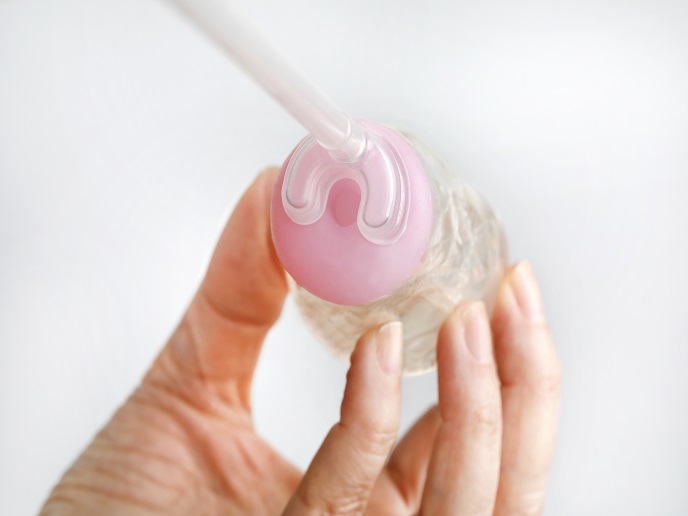A modern approach to women’s healthcare
Transcervical gynaecological procedures require passing through the cervix to reach the uterus. In the vast majority of the cases, this necessitates cervix stabilisation, which is usually performed using a cervical tenaculum, a traumatic forceps. A common procedure involving the use of a tenaculum is the insertion of an intrauterine device (IUD) for contraception. However, for a significant proportion of women, the overall procedure is an unpleasant, stressful, and painful experience, often associated with cervical bleeding. In light of these side effects, many women opt out.
An innovative medical device for cervix stabilisation
Partners of the EU-funded Aspivix project were driven by an unmet medical need to design Carevix™, an innovative, soft-suction medical device as a gentler alternative to a cervical tenaculum. “Carevix™ leverages a new suction-based technology to gently stabilise the cervix, avoiding unnecessary pain and bleeding for millions of women undergoing transcervical procedures every year,” explains Mathieu Horras, project coordinator, CEO and founder of Aspivix(opens in new window). The device employs semi-circular anatomical pads to reduce trauma, pain and bleeding. The Aspivix team tested Carevix™ against the standard cervical tenaculum in a randomised controlled trial (ADVANCE Women Trial) involving 100 women undergoing IUD insertion. Compared to the tenaculum, Carevix™ was associated with significantly lower pain scores at all steps of the IUD insertion procedure (cervix grasping, stabilisation, IUD insertion, and cervix release). Importantly, there were up to 78 % fewer bleeding episodes, while the success rate was maintained at 94 %. According to Horras: “The percentage of women completely free of pain was twice as high, while women experiencing severe pain were 88 % lower in the Carevix™ group compared to the tenaculum group.”
Carevix™ merits and prospects
Collectively, the results of the ADVANCE Women trial demonstrated that Carevix™ is a promising and important alternative technology that has the potential to dramatically improve the IUD insertion experience for women around the world. Partners are confident that Carevix™ will replace the cervical tenaculum and allow gentle handling of the cervix for the majority of procedures requiring access to the uterus in gynaecology. Considering the millions of unwanted pregnancies worldwide, there is a pressing need for better, effective and accessible contraception. Carevix™ has the potential to render IUD as the preferred contraceptive option by sparing unnecessary pain and bleeding. “We are thrilled that the ADVANCE Women trial results affirm what we envisioned since inception – that we could transform the IUD procedure by delivering a gentler approach to the traditional cervical tenaculum,” emphasises Horras. The Aspivix team is ready to take the next steps towards distribution, and commercialisation of Carevix™ primarily in Europe and the United States (US). The plan is to collaborate with centres of excellence throughout Europe and the US and with global partners engaged in making contraception more accessible and gynaecology more modern. “The Horizon 2020 SME-Instrument Aspivix project provided a financial boost for advancing women’s healthcare, a traditionally underserved and underfinanced sector. Importantly it provided the credibility needed to engage with many hospitals, large manufacturers, and partners or to recruit high-calibre associates,” concludes Horras.







